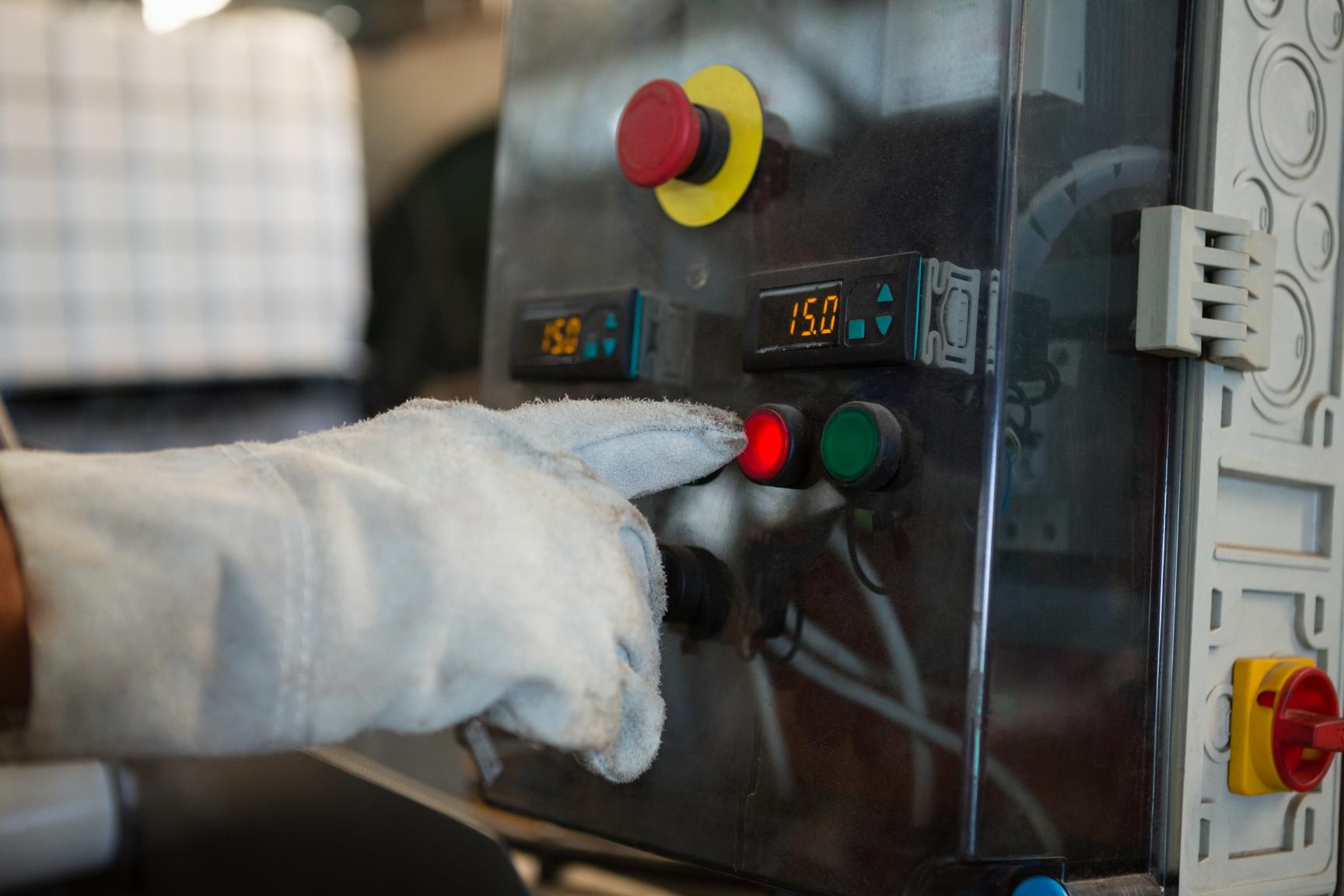
In manufacturing, production downtime is more than just a pause in operations—it’s a direct hit to profitability. Whether downtime is planned or unplanned, each minute of inactivity can disrupt schedules, increase costs, and delay deliveries. One often overlooked but critical aspect of reducing downtime is the shift handover process.
Traditionally, shift handovers involve paper logs, verbal updates, and manual data entry. However, these methods leave room for errors and miscommunication. Digital shift handovers offer a modern solution, providing a streamlined, data-driven way to transition between shifts.
This approach not only minimizes downtime but also improves efficiency, accuracy, and accountability.
In a fast-paced production environment, effective shift handovers are essential for maintaining operational continuity. However, traditional handover methods often introduce several inefficiencies:
Paper logs or verbal updates can be inconsistent and prone to errors. Critical details about machine performance, pending maintenance tasks, or production delays may be missed or miscommunicated.
Scenario: An outgoing shift fails to note a minor machine issue. Without this information, the incoming team spends valuable time troubleshooting the problem, leading to extended downtime.
Traditional handovers rely on static data, which may no longer be relevant by the time the next shift begins. Teams start their shift with outdated information, slowing their ability to respond to ongoing issues.
Without a centralized system to track handovers, it’s difficult to hold teams accountable for missed updates or unresolved tasks. This can lead to repeated mistakes and recurring downtime.
Digital shift handovers address these challenges by leveraging real-time data, standardized processes, and centralized communication platforms. Here’s how they help reduce production downtime:
Digital systems provide teams with live updates on equipment performance, production metrics, and task statuses. This ensures that incoming shifts have the most current information at their fingertips, allowing them to hit the ground running.
Example: A production line’s digital dashboard shows an incoming shift that a machine is operating below optimal efficiency. The team can immediately investigate, reducing the risk of prolonged downtime.
Digital handover tools include templates and forms that guide teams through the handover process. This ensures all critical information—such as maintenance needs, quality issues, or production targets—is consistently documented and communicated.
Benefit: Standardized communication reduces variability and ensures that no key details are overlooked during shift changes.
With digital tools, all handover information is stored in a centralized system, accessible to all relevant teams. This allows supervisors and managers to track trends, identify recurring issues, and hold teams accountable for their responsibilities.
Scenario: A manufacturing plant uses centralized digital logs to review handover notes and track downtime causes. This visibility helps the plant implement targeted improvements, reducing downtime by 15%.
Digital tools facilitate better collaboration by providing a shared platform where outgoing and incoming teams can communicate directly. Features like task tracking and instant messaging further streamline coordination.
Example: An outgoing team logs a maintenance request in the digital system. The incoming team is notified immediately, ensuring the issue is addressed without delay.
By ensuring smooth transitions between shifts, digital handovers reduce the likelihood of interruptions. Teams can pick up where their predecessors left off, maintaining momentum and minimizing production slowdowns.
Real-time data and instant communication enable teams to identify and address issues more quickly. This reduces the time spent diagnosing problems and increases overall uptime.
Digital systems reduce the risk of human error in recording and sharing information. Additionally, the data collected during handovers can be analyzed to uncover patterns, optimize processes, and prevent future downtime.
Benefit: Over time, these insights help manufacturers make informed decisions to improve productivity and efficiency.
A chemical plant struggled with frequent delays during shift changes, often taking over an hour to get production back up to speed. After implementing digital shift handovers, the plant significantly reduced downtime by providing teams with real-time production data and automated task tracking.
Outcome: Shift transitions were completed 30% faster, resulting in an annual production increase of 10%.
An automotive factory faced recurring issues with unreported machine faults, leading to unplanned downtime. By adopting a digital handover system, they ensured that all maintenance needs and production issues were logged and tracked in a centralized platform.
Result: The factory reduced unplanned downtime by 20% and improved overall equipment effectiveness.
Before rolling out a digital handover system plant-wide, start with a pilot program in one department or production line. This allows teams to adapt to the new process and provides valuable feedback for refinement.
A successful implementation depends on employee buy-in. Provide comprehensive training to ensure teams understand how to use the digital tools and the benefits they bring.
Use the data collected from digital handovers to continuously monitor performance. Look for trends and areas for improvement, and adjust processes to maximize efficiency.
For seamless operations, ensure the digital handover tools integrate with your existing systems, such as production monitoring software or maintenance management platforms.
As technology evolves, digital shift handovers are set to become even more advanced. Future systems may incorporate artificial intelligence and machine learning to predict potential downtime causes and suggest preventive actions.
By continuing to refine these tools, manufacturers can further enhance shift handover efficiency, ensuring they remain agile and competitive in an ever-changing industry.
Digital shift handovers for minimizing downtime offer a game-changing solution for modern manufacturing. By replacing outdated methods with real-time data, standardized communication, and centralized documentation, these tools enable teams to reduce production delays, improve accountability, and boost overall efficiency.
For companies looking to optimize their operations and stay ahead of the competition, adopting digital shift handovers is an essential step toward a more streamlined and resilient production process.
Get monthly updates to know how you can improve process performance and drive efficiency within your existing organisation.

